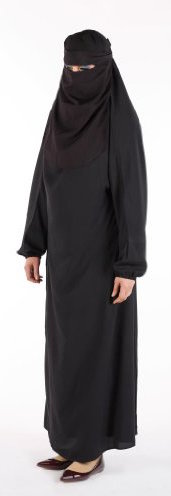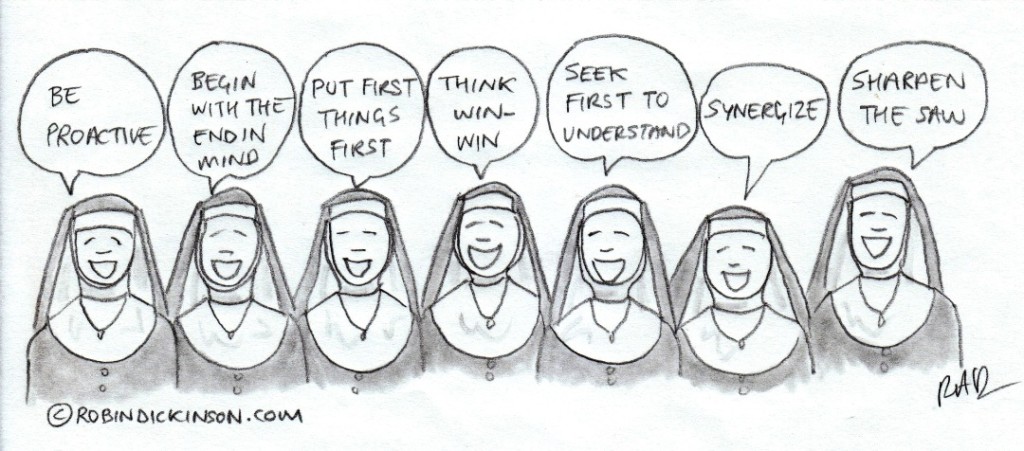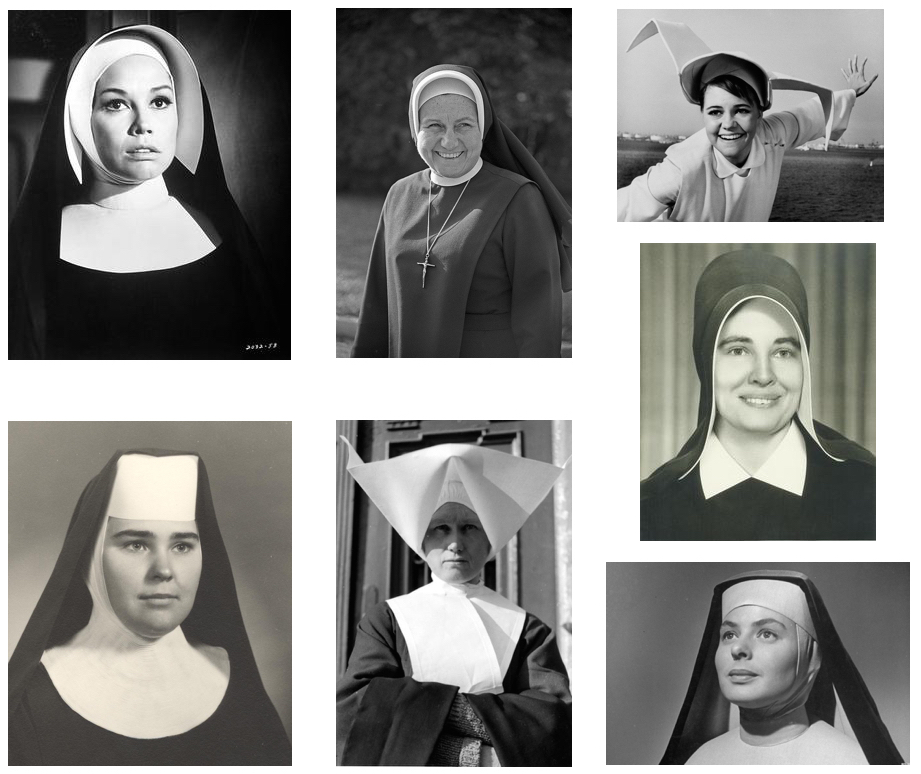Through the years, many religions have prescribed specific clothing and head covering for practitioners of the faith. Groups sometimes use clothing as a mark of uniqueness or distinction for their specific sect of a religion.
Religious clothing is sometimes included with other symbols of faith to present a romanticized alluring old-world portrayal of religious life.
Various traditional aspects of religious life are usually respected and considered off-bounds for insensitive and harsh criticism.
One way of self examining our own criticism of others is to consider if we’re using selective criticism and differing standards when judging others.
With regard to Islam, there has been criticism of women’s clothing even though it closely resembles clothing of women in other religious traditions. This suggests that the criticism of Islamic women’s clothing may be rooted in a bias against Islam rather than concern about clothing. Some images below show Muslim women’s clothing compared to that of nuns.
Other than the facial covering, the style is similar — being dressed in black from head to toe with arms covered.


___________
Note: The title of this article is a play on words referencing the book by Steven Covey titled “The 7 Habits of Highly Effective People.” The cartoon below makes a similar reference. Those unfamiliar with Steven Covey’s book may not get the connection.
When thinking up a clever saying or quote, it’s always interesting to do a Google search on it to see if anyone else has come up with the same phrase. This is how the cartoon below was discovered.

